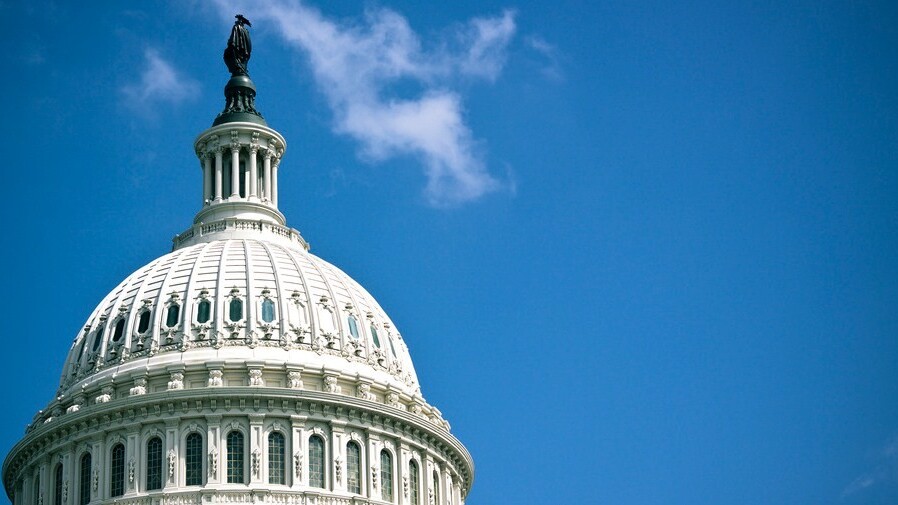
Today The Hill’s Hillicon Valley blog reported that the White House intends to hold meetings with aides from the House of Representatives on the issue of cybersecurity. Late last week, the executive branch had a similar meeting with aides from the Senate.
According to Caitlin Hayden, spokesperson for the White House, the next set of talks will take place in the “near future.”
How soon might that be? According to Senator Lieberman, very soon indeed. The Senator commented this Sunday that the President could issue the proposed executive order on cybersecurity as early as inside of the next month. To be fair, in the interview Sen. Lieberman did mention other possible avenues of progress, including the increasingly Hail Mary-esque idea of reviving legislative progress on the stalled cybersecurity bill in the Senate.
Ms. Hayden noted that the executive order is not the only ‘vehicle’ that the White House is considering. However, given how widely the order was circulated – it was certain to leak, if it wasn’t leaked directly anyway – it appears to be the leading candidate for action.
For a working man’s breakdown of the executive order as it became widely known, head here. Recently, Sen. Lieberman called for the President to include mandatory standards for critical infrastructure, potentially putting the order’s contents in play.
With the White House executing outreach to both chambers of the Congress, it could be playing defense. By meeting with staff from both chamber, it cannot be attacked – at least factually – as having ignored all input. Why might that be important? There has been pushback. Rep. Mike Rogers, let us know what we’re looking at:
- On the President’s proposed executive order on cybersecurity: “I don’t get it. I don’t understand it. […] I think it’s irresponsible.”
- On how the GOP feels about, in their view, not being asked for input: “Why you wouldn’t want input from the outside on this stuff is beyond me. […] And that tells me what kind of product you’re going to get too, would be my guess.”
When the meetings take place, TNW will keep you abreast of any potential developments.
Now, for a rewind. Are you confused as all hell about how we got to where we are today? TNW has you covered. From our previous work, we present to you a stripped down chronology. You might want to pour a beer first:
- The Cyber Intelligence Sharing and Protection Act (CISPA) passed the House, but did not contain mandatory standards for critical infrastructure. This despite noise that such standards should be present. The House majority dismissed the idea as too regulatory.
- Following the leading Senate bill on cybersecurity, the so-called Lieberman-Collins bill, did contain such standards, rendering any pressure to emulate it essentially moot.
- This led to gridlock in the Senate, which was itself humorous as CISPA had a promised veto attached to it, courtesy of the President.
- Thus the Senate argued over whether its bill would contain mandatory standards, which would be impossible to reconcile with the House, and would not please the President.
- Predictably, the Senate failed to pass anything, even after watering down its bill away from mandatory standards to simple enticements for critical infrastructure to meet agreed upon standards.
- With the failure of the Senate, cybersecurity failed in Congress until 2013. Ironically, even if the Senate had managed to pass something, that it could have cleared the House is far from clear.
- Following all that, the President’s Press Secretary noted that the President wasn’t taking options off the table, in regards to the issue. This led to speculation that he may issue an executive order.
- Calls ensued for him to do so.
- A draft of the proposed cybersecurity executive order was distributed for comment in certain agencies, and subsequently leaked to the general media.
- During the brouhaha, several members of the Senate majority penned an op-ed, dinging the President for perhaps issuing the order and calling for a similarly bipartisan effort in the Senate as had occurred in the House. Naturally, that wasn’t a true statement, as the final House vote was along party lines, and several Democratic co-sponsors dropped their endorsement as the bill was rammed through their chamber.
- The President’s draft was quite vague, and did not appear to contain mandatory standards, instead calling for collaboration between the public and private sphere on things such as information sharing.
- And today, Lieberman, spearpoint of the Senate bill that had included mandatory standards but gave them up in hopes of passing, is now calling on the President to include them in his executive order.
Stop! You want to get off? No such luck.
Top Image Credit: Dave Newman
Get the TNW newsletter
Get the most important tech news in your inbox each week.





